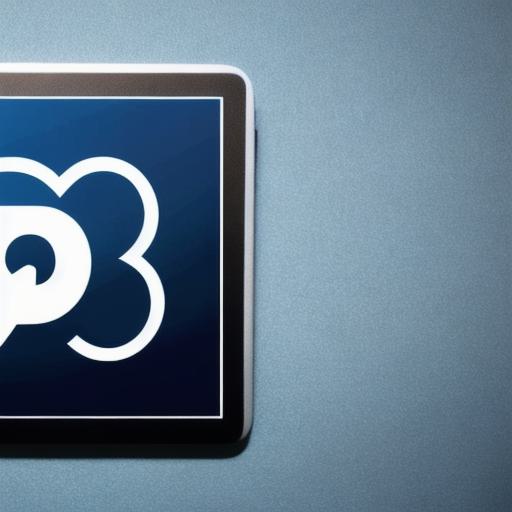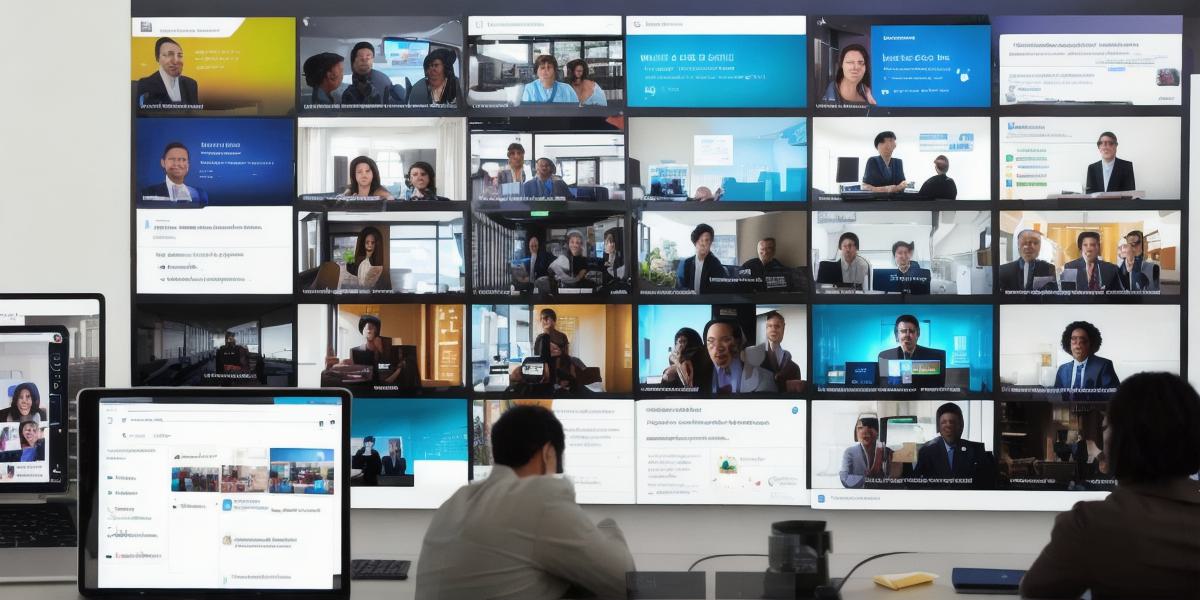Web3 social media is revolutionizing the way we connect and interact online. With decentralized networking, users have greater control over their data and can securely share information with others without relying on intermediaries like Facebook or Twitter. In this guide, we’ll explore the benefits of using web3 social media and provide tips for getting started.
1. What is Web3 Social Media?
Web3 social media refers to decentralized platforms that use blockchain technology to facilitate peer-to-peer communication. Unlike centralized social media platforms like Facebook and Twitter, which are owned by a single entity and store user data on their servers, web3 social media platforms are distributed networks that allow users to retain control over their data and interact with others in a more secure and private way.
2. Benefits of Web3 Social Media
There are several benefits to using web3 social media:
a. Control Over Data – Users have greater control over their data, as it is stored on the blockchain rather than on centralized servers owned by intermediaries.

b. Privacy and Security – Decentralized networking allows for more privacy and security, as user data is not stored in a single location that can be hacked or accessed by third parties.
c. No Central Authority – Web3 social media platforms are decentralized, meaning they have no central authority controlling them. This eliminates the potential for censorship or bias.
3. How to Get Started with Web3 Social Media
Getting started with web3 social media is simple. Here are a few steps to follow:
a. Choose a Platform – There are several web3 social media platforms available, including Mastodon, Dfinity, and Brave. Each platform has its own unique features and target audience.
b. Create an Account – Once you’ve chosen a platform, create an account by following the instructions on the website or app.
c. Connect with Others – Start connecting with others on the platform by searching for users or joining groups related to your interests.
4. Real-Life Examples of Web3 Social Media in Action
Web3 social media is already being used by individuals and organizations around the world to connect and share information securely. Here are a few examples:
a. Privacy-focused groups – Many privacy-focused groups use web3 social media platforms like Mastodon to discuss issues related to online privacy and security.
b. Decentralized news – Some news organizations are experimenting with using decentralized networking to distribute their content, allowing readers to access articles directly from the source without relying on intermediaries.
c. Non-profit organizations – Non-profit organizations can use web3 social media platforms to connect with supporters and raise awareness about important issues without worrying about interference from big tech companies.
5. Tips for Successful Web3 Social Media Use
Here are a few tips to help you make the most of your web3 social media experience:
a. Be patient – Decentralized networking can take time to set up and learn, but it’s worth the effort in the long run.
b. Join groups – Joining groups related to your interests is a great way to connect with others and find valuable information.
c. Experiment – There are many different web3 social media platforms available, so don’t be afraid to experiment with different ones to find the one that works best for you.
- FAQs
Here are a few frequently asked questions about web3 social media:
a. What is blockchain technology? – Blockchain technology is a decentralized digital ledger that records transactions in a secure and transparent way.
b. How do I choose the right web3 social media platform for me? – Consider your interests, target audience, and the features of each platform when choosing a web3 social media platform.
c. Is my data safe on a decentralized network?
